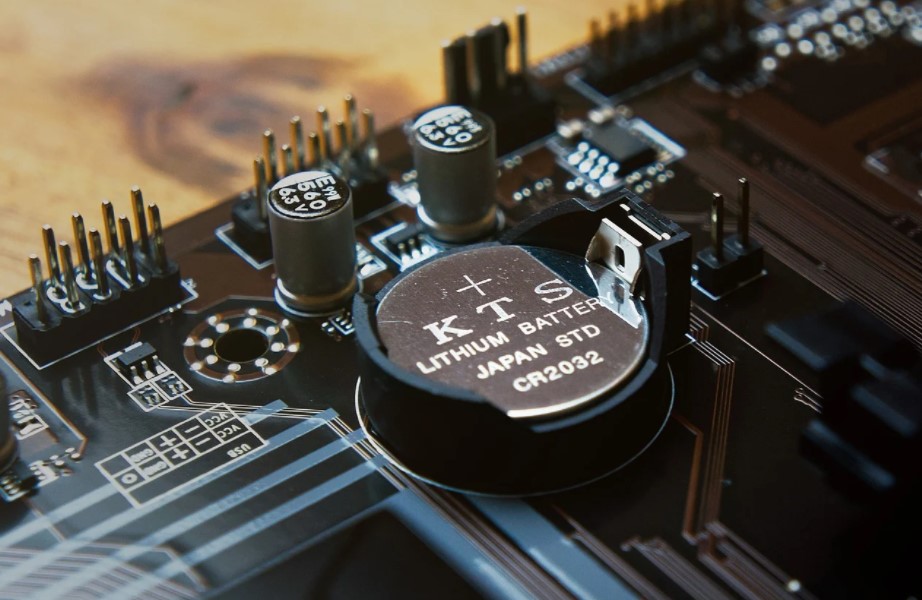Will China’s Tsingshan revolutionize the lithium battery market?

Tsingshan has become a huge nickel producer for batteries out of the blue. Now he wants to replicate the success with lithium, to become a hefty supplier to the electric car industry. Here are the details and difficulties
Tsingshan Holding is a not-too-well-known Chinese company, which for a long time focused mostly on stainless steel. In 2018, however, it shot to the top of the list of the world's largest producers of nickel, a metal necessary for batteries for electric vehicles, thanks to a very strong and sudden increase in its output in Indonesia. The result was possible thanks to a technological innovation: the use of nickel cast iron, cheaper and less qualitative than pure nickel, in the processes for obtaining stainless steel. Now Tsingshan also wants to be a major player in the lithium industry, another critical metal for batteries.
A FACTORY IN INDONESIA
Tsingshan and Chengxin Lithium Group, another Chinese company, will produce 60,000 tons per year of lithium-related chemicals at a processing plant in Indonesia – the first of its kind in the country. That, when added to the production of nickel (230,000 tons per year) and cobalt (27,000) for the batteries under development, Tsingshan could become a heavy supplier of three materials essential to electric mobility, writes Reuters .
THE VALUE OF THE PROJECT
The plant is worth $ 350 million. The project is 35 percent owned by Tsingshan and 65 percent by Chengxin.
WHERE WILL LITHIUM COME FROM?
The material processed in the plant will be obtained from lithium extracted from the rocks. Currently, however, in Indonesia – which is investing in the creation of a battery supply chain – there is no lithium mining industry. It is not clear where the supplies of the raw material will come from (for example spodumene, a mineral rich in lithium). Perhaps from Australia, which is by far the largest producer of spodumene in the world and is geographically close to Indonesia. According to analysts heard by Reuters , it is estimated that in the period 2020-2025, 51 percent of the increase in the supply of raw materials for the production of lithium suitable for batteries will come from Australia.
PROJECTS ABROAD
Chengxin recently made acquisitions of mineral deposits in Argentina and Zimbabwe; Thingshan also increased its presence in Argentina through an agreement for the production of lithium carbonate with the French company Eramet.
THE AMBITIONS OF INDONESIA
Indonesia's nickel reserves are worth 23 percent of the global total. But the country does not want to limit itself to the role of miner: it wants to install a complete value chain on its territory, which starts with the extraction of nickel, goes through its processing and ends with the production of batteries.
The Indonesian government wants to have a battery capacity of 140 gigawatt hours by 2030: investments of about 35 billion dollars a year will be needed, over a period of five to ten years.
THE TSINGSHAN PROBLEM
To be realized, Tsingshan's ambitions will have to overcome a major obstacle: the refining of lithium from the ore is a difficult business to make profitable. The company has already demonstrated that it can exploit technological innovations to profit: this is the case of the mass conversion of nickel iron into a higher quality material, suitable for processes for stainless steel and batteries. But lithium is a scarcer resource. And establishing itself in a sector already dominated by large industries – the Americans Albemarle and Livent, the Chinese Ganfeng , the Australian Livent – will not be easy.
This is a machine translation from Italian language of a post published on Start Magazine at the URL https://www.startmag.it/energia/tsingshan-cina-litio-batterie/ on Sat, 27 Nov 2021 06:22:54 +0000.
